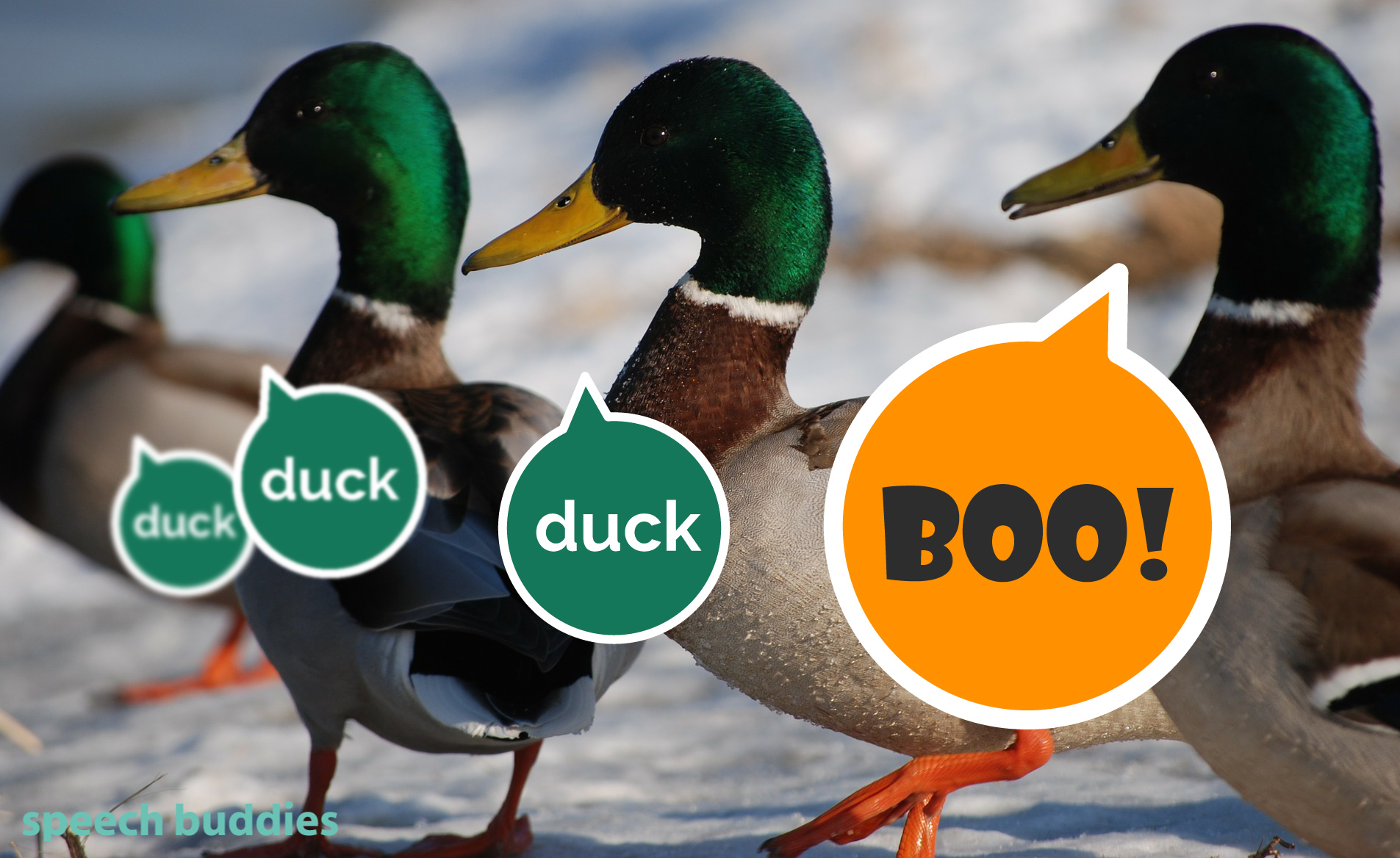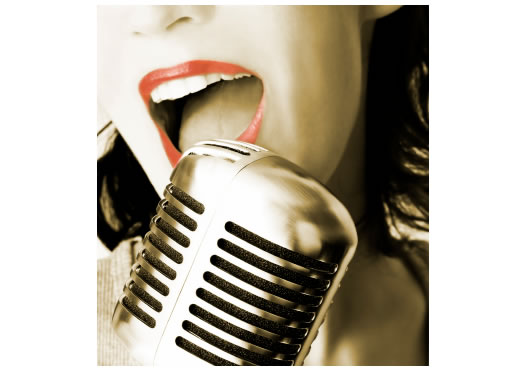Geek-Out Alert! This post is where the geeks glove come off, as they say. I am about to becoming an unapologetic, unabashed geek about one of my all time favorite topics: the crazy sounds of the world’s languages. As you might imagine the clinical founder of Speech Buddies, a revolutionary, evidence-based tool set for treating speech sound disorders, has a deep interest in phonetics. Phonetics is the branch of the social science of linguistics that studies how sounds are produced, where the tongue is placed, how it moves during speech and how the air flow is shaped. I will come out right now and admit that on down time, when my kids are asleep and I finally have an hour to myself, I will actually listen to clips of speakers of some of the world’s most fascinating and (let’s call them crazy) languages. I wanted to share some of these exquisite examples of the human sound production system and perhaps to spark an interest in you for yet another wonder of nature.
Say It Spooky: Halloween Sound Science Activities for Kids and Parents
Language Building GamesAfter the candy—never forget the candy—our favorite part of Halloween is the sounds. From ghostly “boos” to sickening “slurps,” Halloween is a time when kids and grown-ups get to dress-up, be silly, and make some extra-goofy noises. For kids in speech therapy, Halloween “sound science” activities are a great way practice new sounds and skills. And, they are also a cool way for the whole family to have even more fun experimenting with the chilling, spooky, and goofy effects sounds can produce.
A Quick Primer on the Mechanics of Speech
Language DevelopmentWhen you use Speech Buddies, your child learns the correct positioning of the tongue for each sound. It provides tactile feedback to improve articulation. But how much do you really know about the mechanics of speech? Sure, the lungs expel air, the tongue moves, and there’s also a larynx in there somewhere, but there’s a lot more to speech production than you might realize. Here’s a quick primer in the production of speech and the parts of the body involved in the process.



